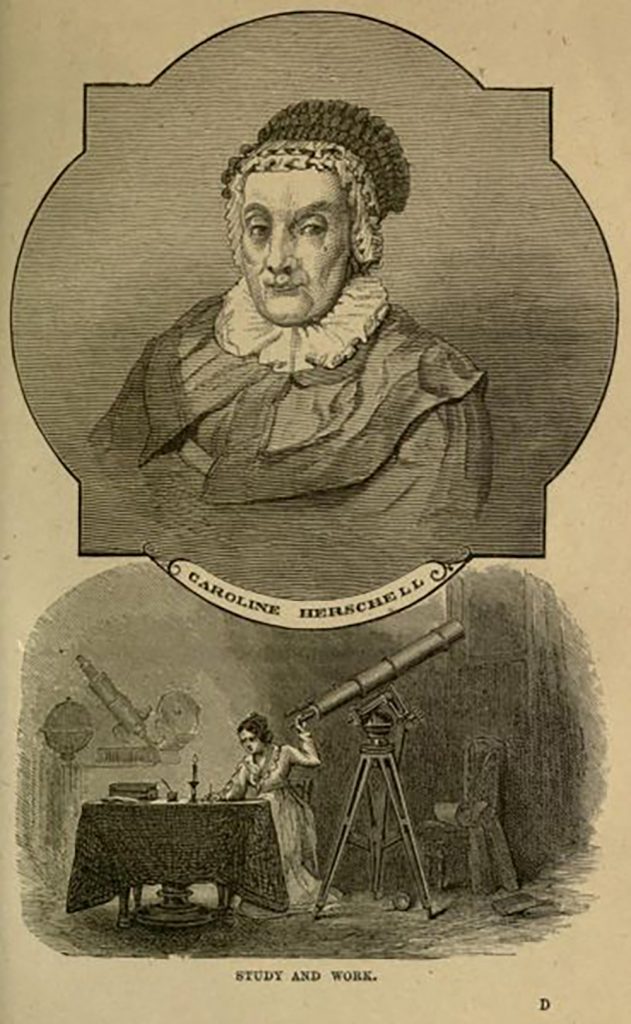CAROLINE is the name of two of our key products. Both our handheld Optical Gas Imaging for Leak Detection and Repair operations, as well as our fixed Smart Monitoring system for safety and environment, were named this way.
This name is a tribute to Caroline Herschel., astronomer and one of the greatest pioneering female scientists of all time. She became the world’s first professional woman astronomer, her salary provided by King George III of Great Britain, among many other “first-women-ever-titles”
Caroline Lucretia Herschel (1750-1848) was a German astronomer, whose most significant contributions to astronomy were the discoveries of several comets, including the periodic comet 35P/Herschel–Rigollet, which bears her name. She was the younger sister of astronomer William Herschel, with whom she worked throughout her career, leaving a legacy of relevance to the history of science.
During their studies on the sun, they wore dark glasses that minimized the heat of light. Trying to investigate this causal relationship, they carried out a simple and ingenious experiment. The Hershels projected light through a prism onto the table. Along the table, they placed three thermometers, one in the center and two outdoors. As the sun moved and the different colors passed over the thermometer, they saw that the temperature was lower with violet light and higher with red light. In addition, they realized that after the red light had passed, there was a region in which the thermometer was still rising. This signified to Hershel that there is an invisible light that the prism isolates beyond the red spectrum and allows for the transfer of heat. The discovery of infrared light.
In 1796, she was given an annual salary of £50 by King George III for her role as assistant to William, making her the first woman to be paid for her contribution to science.
Caroline Herschel’s legacy is undoubtedly lasting. There are not only the discoveries in themselves, she was also incredibly meticulous in cataloguing and recording her discoveries, and in the transcription of astronomical data. The NGC, the New General Catalogue, is largely based on her work, and even today many galaxies are still identified by their NGC numbers.
From SENSIA, we humbly want to add another epigraph to her memory by giving her name to our cameras.



